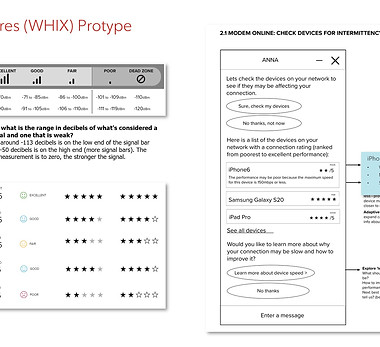Process
There are many ways of operating as a product manager and I want to share what made me successful when launching a product start to finish. Below is just a an overview of how I operate at a high level from key areas to execute a product. For a more structured look please click here for a diagram view
1. Review current & competitors

When starting a new product or building from something existing. I love to get into the details of the data. At times when the data is not available I would dig in manually and figure out the hidden dialog why are there drop rates and what are the theories behind why customers react to a certain feature.
2. White boarding

Assuming all relevant internal/external stakeholders are identified for product team. I facilitate a white boarding workshop. The purpose of this workshop is to present my findings. This helps me to engage further with stakeholders to help me define or even dig deeper to understand the current or new opportunities.
3. Assemble the narrative

Once steps 1 and 2 is completed I have a good understanding of what I believe is the narrative of the customer. This is key part of understanding the story as each individual that I had collaborated with at this point, helped me assemble story.
This information is a good piece of supporting material to provide an update to the management team. This will give good insight to the possible areas which could be tackled and also show that you are going on the right track.
4. Identify areas & personas

One of my favorite part of the product development phase is start building out the requirements and imagining how the product would visualize. As I build out the requirements I dig a little deeper by identifying personas and conduct surveys. This a great way to also come up with some great opportunities as users love to give feedback on how to make things better.
Usually at this time I make a plan and create a roadmap of products and capabilities which would be within year or a multi year plan depending on the size of the project I am perusing.
5. Wireframing & prototyping

Once the epics and business requirements are formed. Its time to create the user stories and start creating low fidelity wireframes with the UI team. We create few examples and run through them with a smaller team and once we come with a good solution we share with a larger audience to get initial feedback. Once all is good then its time for the final product. This is when we ensure all colors, font , dimensions are met based on the user stories where the final mocks are created and included into the user story for development.
6. Product launch

Once all relevant user stories are completed and QA tested the team does some AB testing. Depending on the size of the user base we do an phased launch where we start on a small user base then scale up. This is important as we need to make sure we can contain any issues which may arrive during a soft launch of the product.